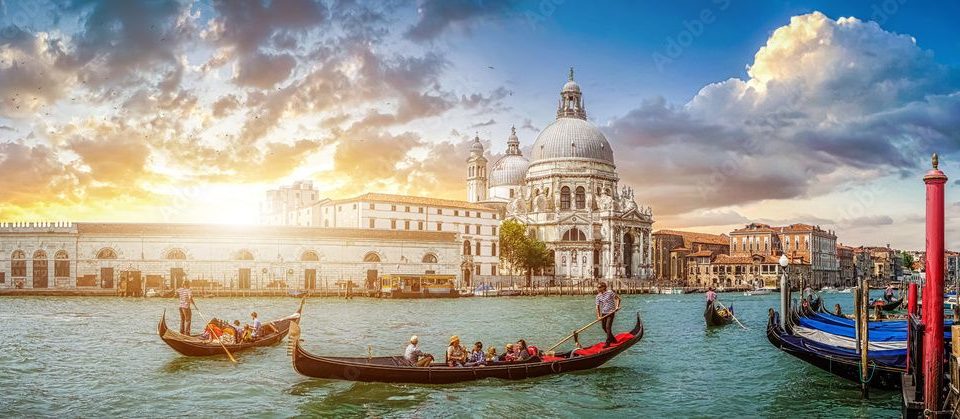Bergamo, a captivating city nestled in the Lombardy region of northern Italy, boasts a history that stretches back over two millennia. Founded around 500 B.C. by the Celts, this ancient settlement has evolved through various dominations and cultural influences, shaping it into the vibrant city it is today.
The Celtic Origins
The origins of Bergamo can be traced back to the Celts, who established a settlement in the area around 500 B.C. This early community laid the groundwork for what would become an important center for trade and culture. The name “Bergamo” itself is believed to derive from the Gauls, who referred to it as “Berg-hem,” meaning “house in the mountain,” reflecting its elevated position.
Roman Conquest and Growth
In 196 B.C., Bergamo fell under Roman control and was transformed into a significant commercial and military hub. The Romans fortified the city with impressive walls and developed its infrastructure, enhancing its agricultural and trade activities. Historical figures such as Polybius and Cicero noted the region’s fertile soil and economic prosperity during this period.
Medieval Developments
As centuries passed, Bergamo experienced a series of invasions and changes in governance. In the 5th century, Attila’s Huns ravaged the city, followed by destruction at the hands of the Vandals. However, Bergamo rebounded under Longobard rule and later became part of the Byzantine Empire.
During the medieval era, Bergamo emerged as an independent city divided into two distinct parts: Città Alta (Upper Town) and Città Bassa (Lower Town). The Upper Town was fortified with defensive walls, while the Lower Town developed at its base. This division is still evident today, with each area offering unique historical and architectural features.
The Venetian Walls
One of the most remarkable features of Bergamo is its impressive Venetian Walls, constructed between 1561 and 1588 during Venetian rule. These fortifications were built to protect the city from external attacks and are considered a significant example of military architecture from the Renaissance period. The walls encompass a perimeter of about 6 kilometers and include bastions, towers, and an intricate network of tunnels designed for defense.
The Venetian Walls played a crucial role in safeguarding Bergamo during times of conflict but were never subjected to sieges due to their formidable design. They are now recognized as a UNESCO World Heritage site, reflecting their historical and cultural importance.
Wars and Conflicts
Throughout its history, Bergamo has been involved in various conflicts. The city played a pivotal role in local power struggles between neighboring municipalities like Cremona and during broader conflicts involving major powers such as Milan and Venice. The construction of defensive structures like the Visconti Citadel in the 14th century underscored its strategic importance during these tumultuous times.
Under Venetian control from 1428 onwards, Bergamo experienced relative stability but still faced challenges from external threats. The city’s fortifications were essential in maintaining its autonomy during these periods.
Industry and Economy
Bergamo’s economy has traditionally been based on agriculture, benefiting from its fertile lands. In modern times, it has evolved into a center for manufacturing, particularly known for its production of textiles, machinery, and furniture. The surrounding hills are also home to vineyards that produce high-quality wines, contributing to the region’s agricultural output.
Cheese Capital of Europe
Bergamo is particularly famous for its cheese production, boasting an impressive nine varieties that have received Protected Designation of Origin (PDO) status—more than any other area in Italy. These cheeses include:
- Grana Padano
- Gorgonzola
- Taleggio
- Bitto
- Formai de Mut dell’Alta Valle Brembana
- Provolone Valpadana
- Quartirolo Lombardo
- Salva Cremasco
- Strachítunt
The region’s diverse landscapes provide ideal grazing conditions for dairy cattle, which contribute to high-quality milk production. The centuries-old traditions of local cheesemakers ensure that these cheeses maintain their unique flavors and characteristics.
Culinary Delights
Bergamo is renowned for its rich culinary traditions that reflect its history and local ingredients. One of its most famous dishes is polenta, often served with various meats or cheeses. Another local specialty is casoncelli, a type of stuffed pasta typically filled with meat or vegetables and served with butter and sage. Additionally, Bergamo is known for its cheeses, particularly Taleggio, which adds to its gastronomic reputation.
Modern Era and Cultural Heritage
In 1861, following Italy’s unification, Bergamo became part of the newly formed Kingdom of Italy. The 20th century saw significant economic growth, transforming it into an important manufacturing center while maintaining its rich cultural heritage.
Today, Bergamo is celebrated for its historical beauty, with well-preserved medieval structures, cobblestone streets, ancient churches, and stunning views of the surrounding landscape. It is also renowned as the birthplace of composer Gaetano Donizetti, whose legacy continues to influence opera music.
Visitors to Bergamo can explore its artistic treasures while enjoying traditional cuisine and experiencing its vibrant local culture. With its rich history and stunning architecture, Bergamo remains a captivating destination for those seeking to uncover Italy’s past.





